Wales. Obviously. When you’ve two days with a car and you want to get the best out of it, you want as many great roads and, ideally, a race circuit or test track in as compact an area as possible. And because roads take precedence over circuits with road cars, even fast ones like these, Wales it is.
Fast ones. Yes. Here’s the Mercedes-AMG GT sports car, the replacement, of a fashion, for the SLS supercar. The GT uses a similar aluminium platform to that of the SLS, AMG’s first truly home-grown sports car, but it is cheaper, smaller and less powerful than the SLS.
It’s still plenty powerful enough, mind. In the S specification that is the first of two flavours to arrive, its new 4.0-litre twin-turbocharged V8 engine has 503bhp, which is sufficient for any road in motordom. In the Edition 1 form you see here, it costs £122,750, but it’s only aerodynamic addenda, different seats and some colour details away from the £110,495 regular S, which, for all mechanical purposes, you may assume this to be.
Read the full Jaguar F-type R Coupé review
We’ve already tried it on its tod, abroad. Today, we’ll put it against some rivals, and what they are and where they sit shows you just how carefully pitched the GT is in S form, where it sits delicately above most Porsche 911s and carefully below Aston Martins.
The GT isn’t a GT3-alike, so we can discount that and instead look to the pinnacle of the regular 911 line-up in the shape of the 911 GTS, a £91,098 development of the 3.8-litre Carrera S coupé. It develops ‘only’ 424bhp so, in truth, would be a better fit against the regular 456bhp GT but they don’t arrive for months and a lack of power has never held a 911 back before.
Aston Martin couldn’t rustle us up a Vantage at short notice so instead we opted for what is, traditionally, the cheaper alternative from down the road. I suspect that’s just fine: Jaguar ’s F-Type in R form is mechanically a terrific match for the GT. With 542bhp, it has the equal and more of the AMG, which it puts to the rear wheels via an eight-speed conventional automatic gearbox.
In our experience – and because this Jaguar is our long-term test car, we have lots of experience in it – it’s a front-engine, rear-drive coupé hot rod that’s slightly from the old school. The 911, as you’ll know, isn’t a hot rod at all. The Mercedes, drives overseas have suggested, is somewhere between the two. Which, I think, sets things up rather nicely.

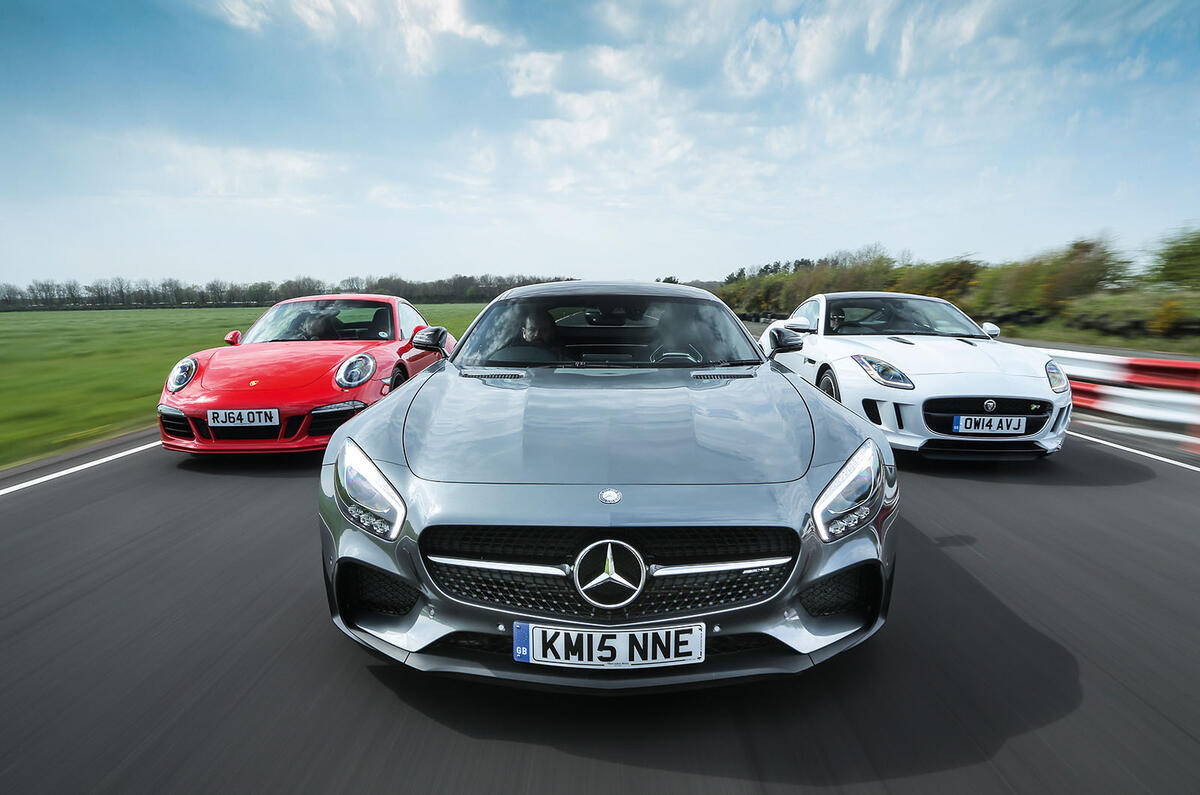
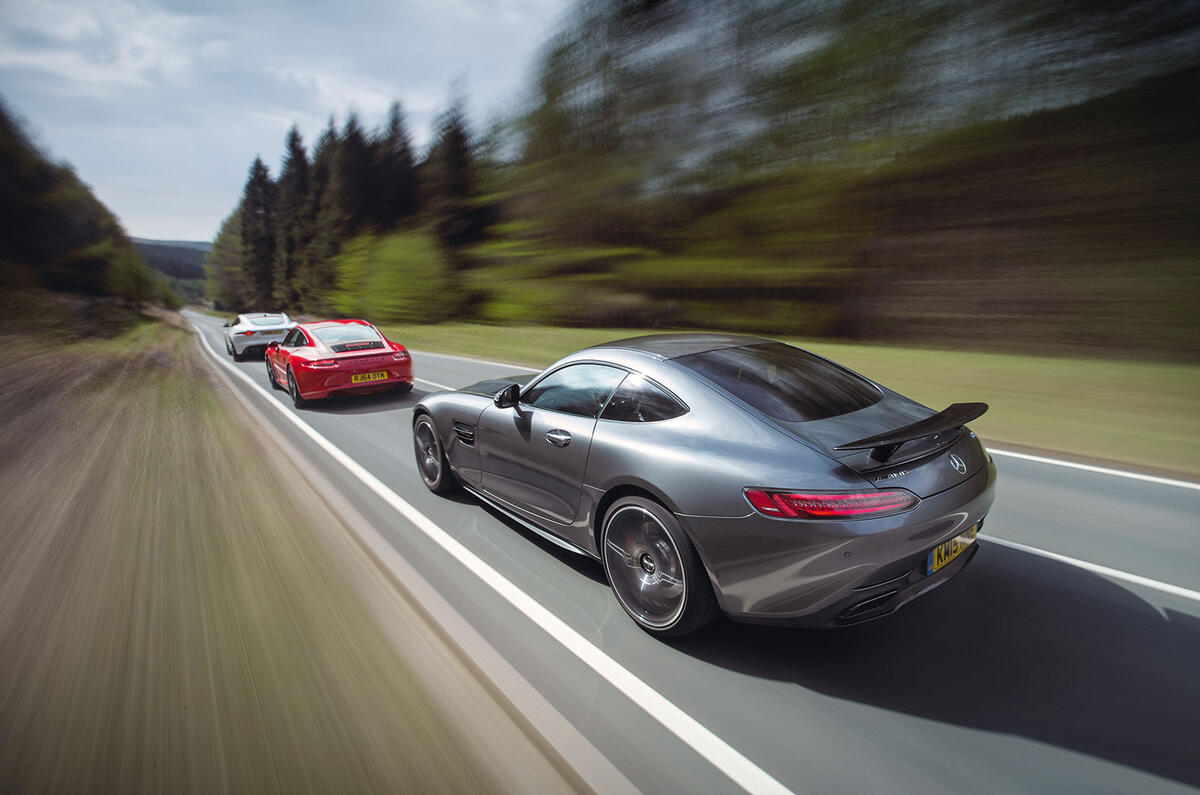
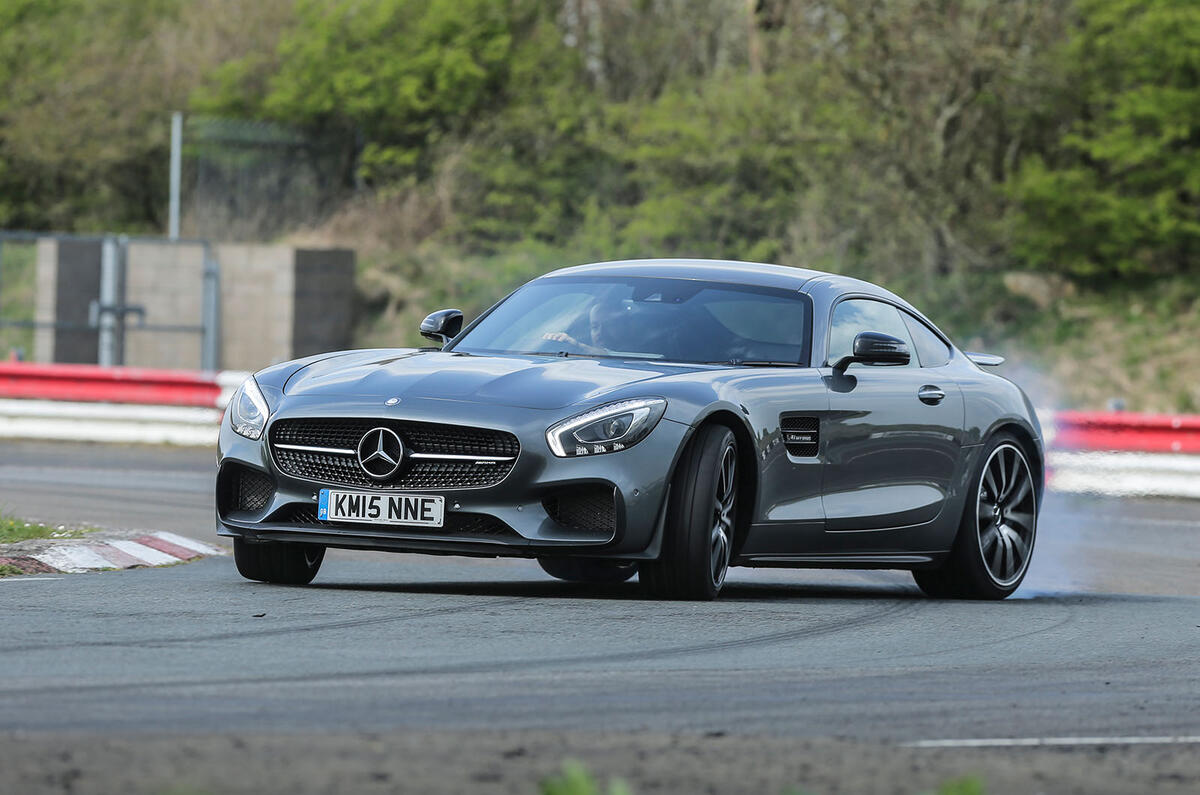
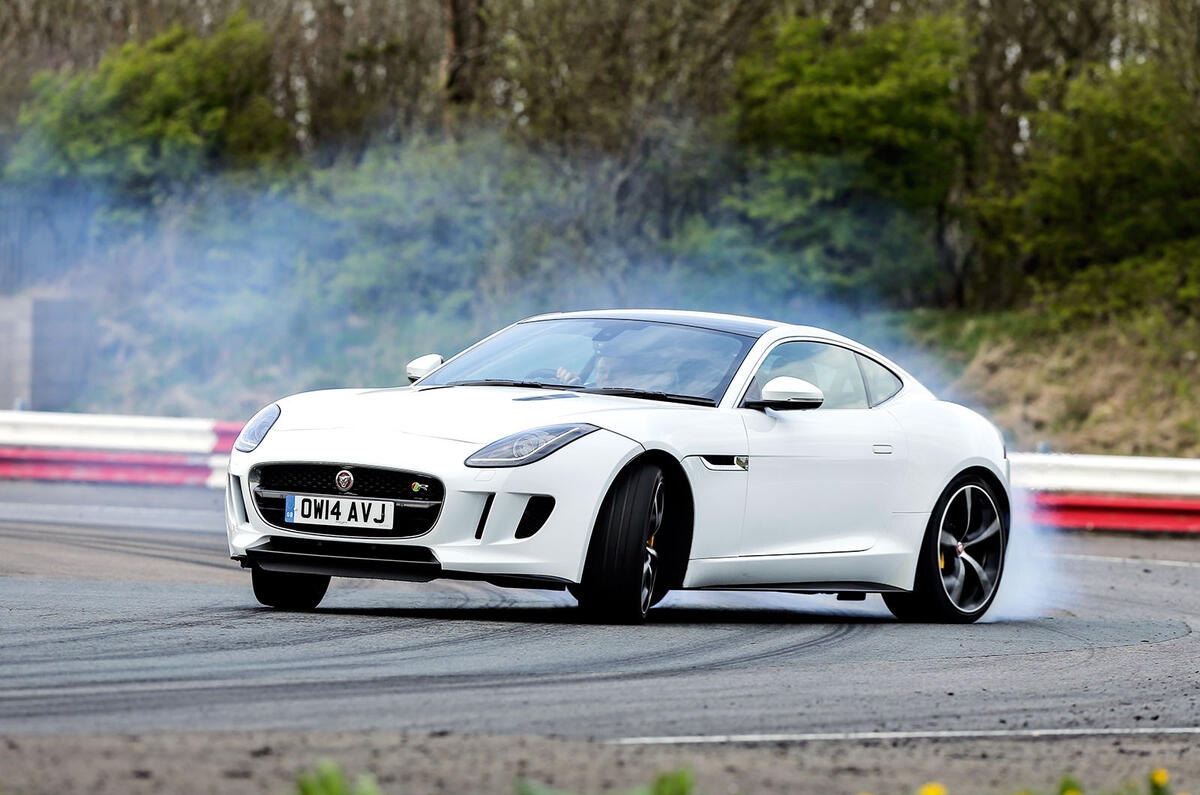
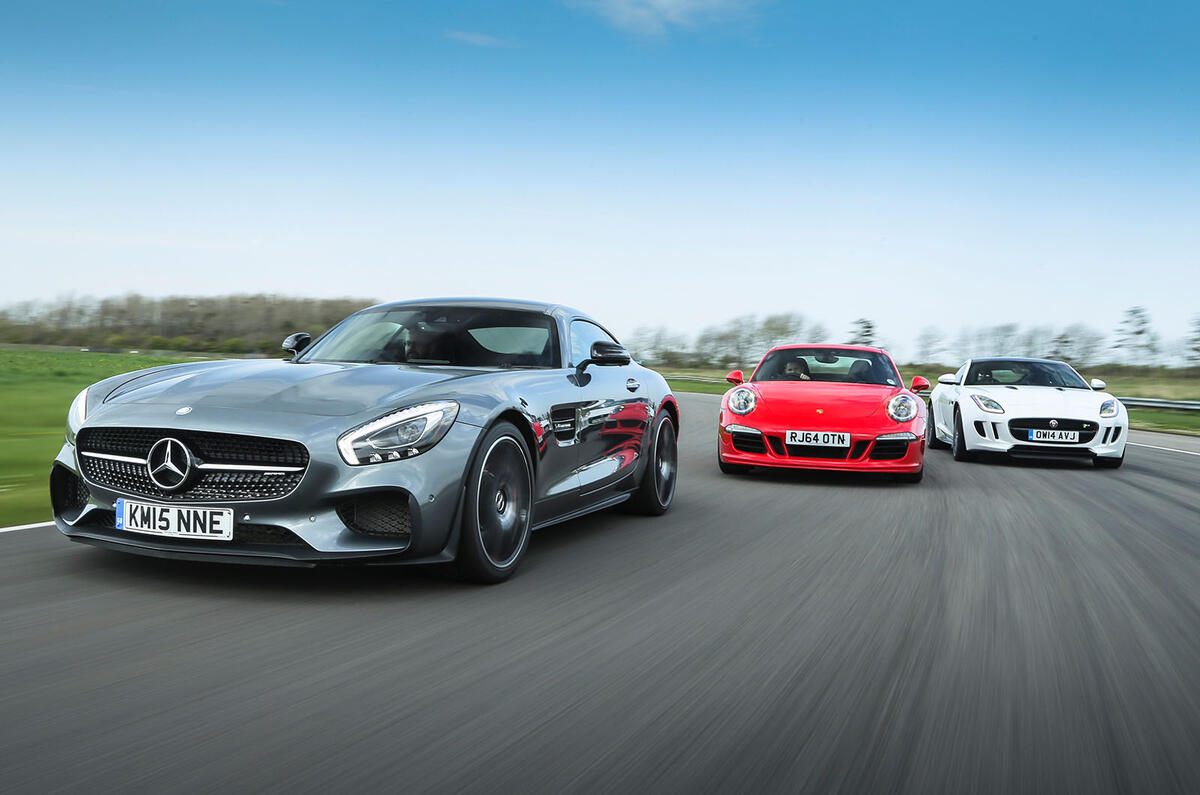
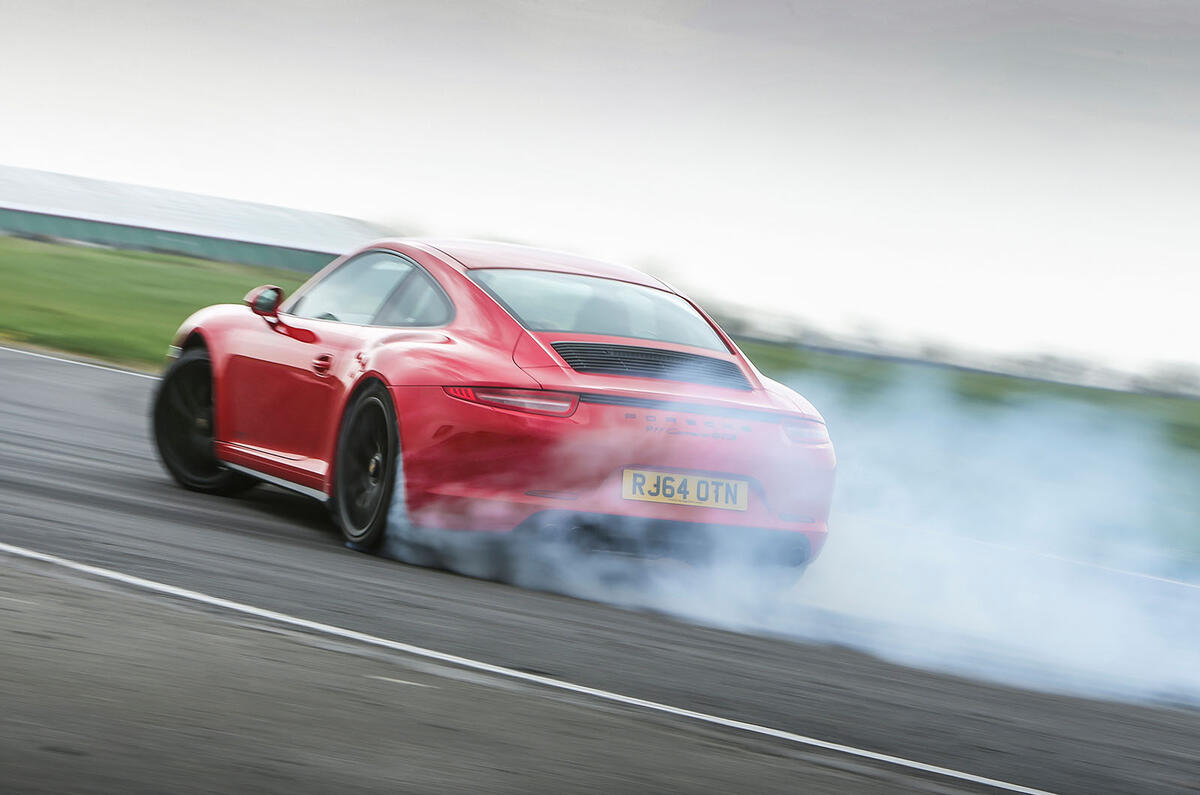
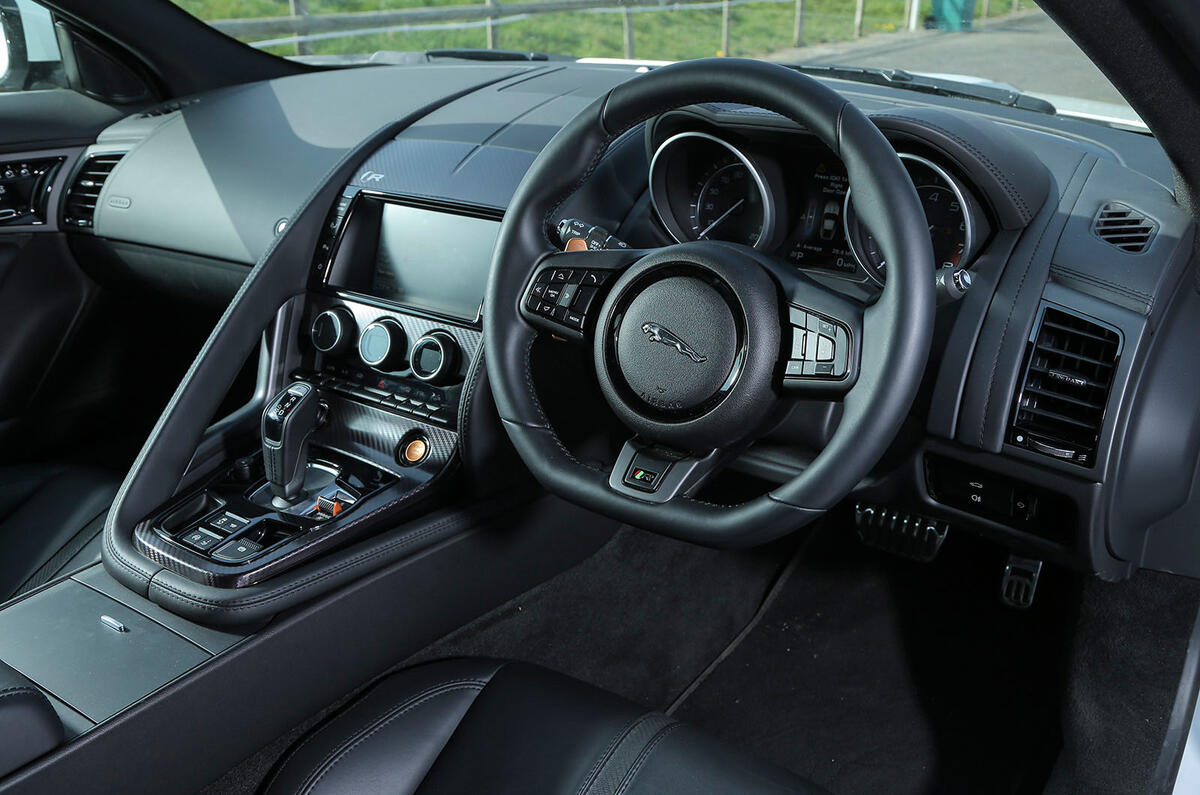
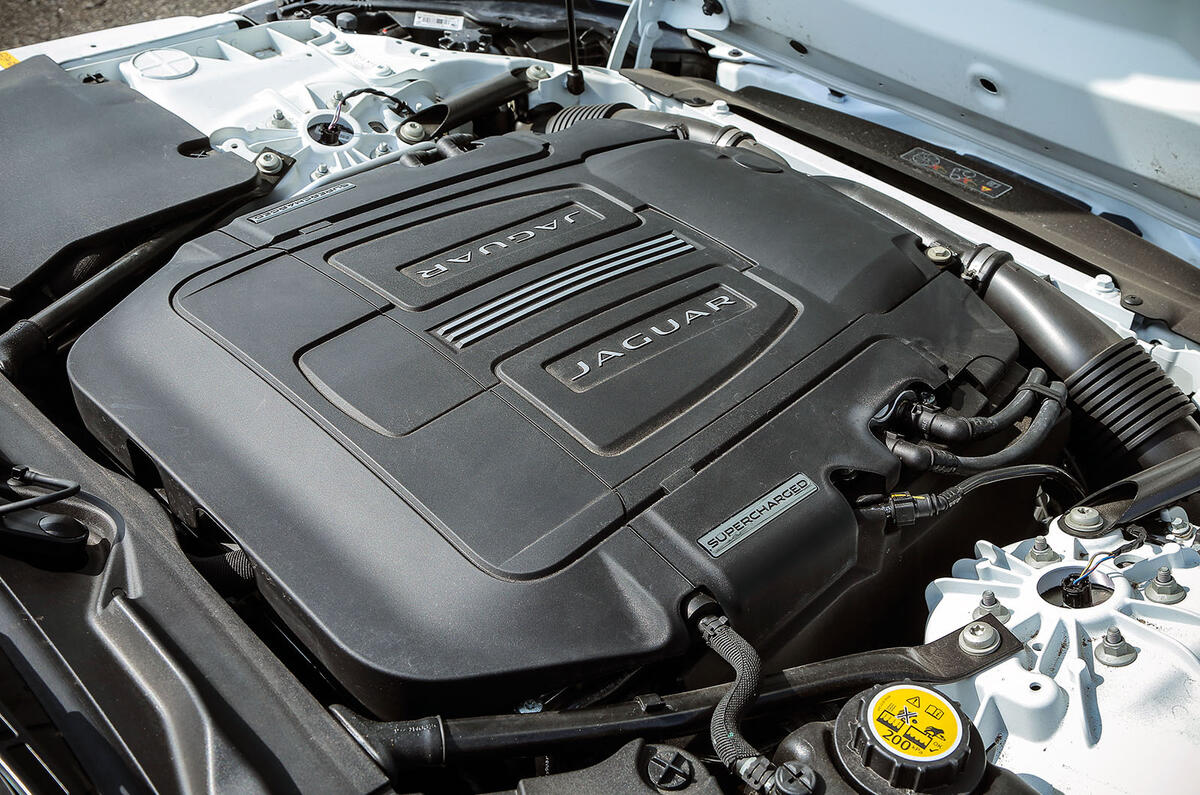
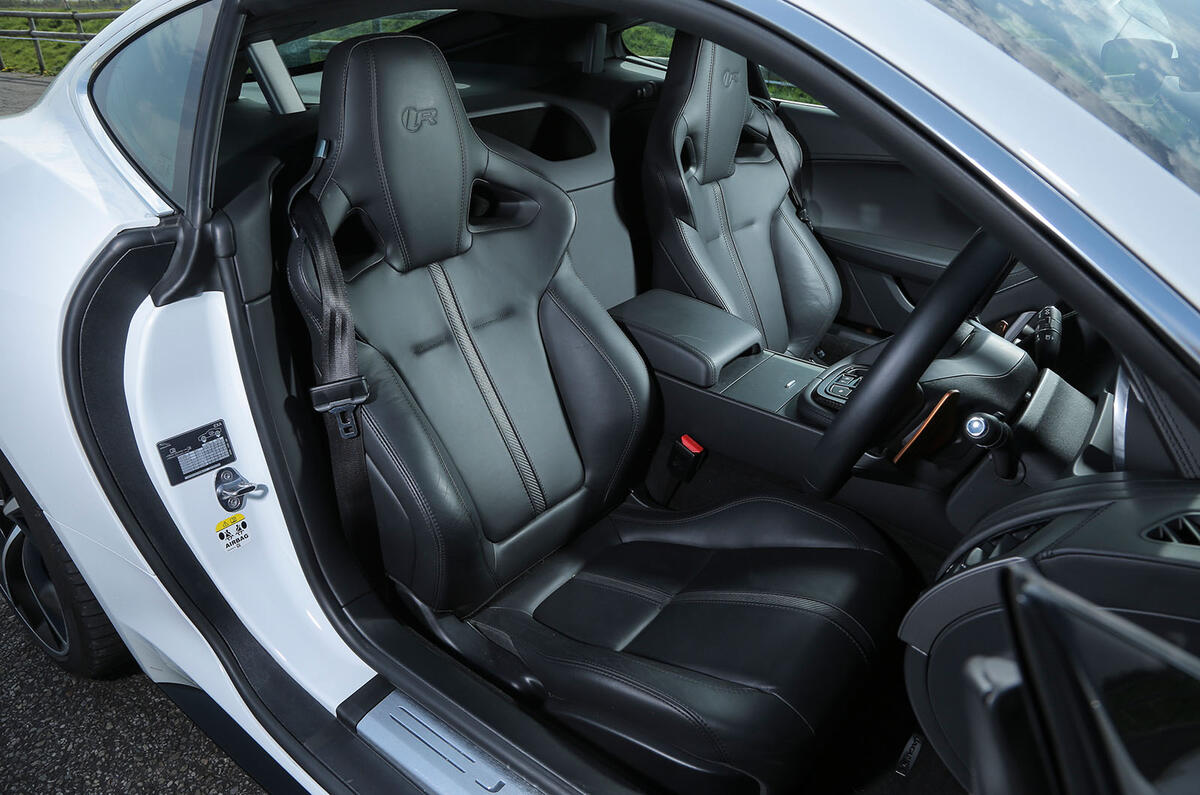
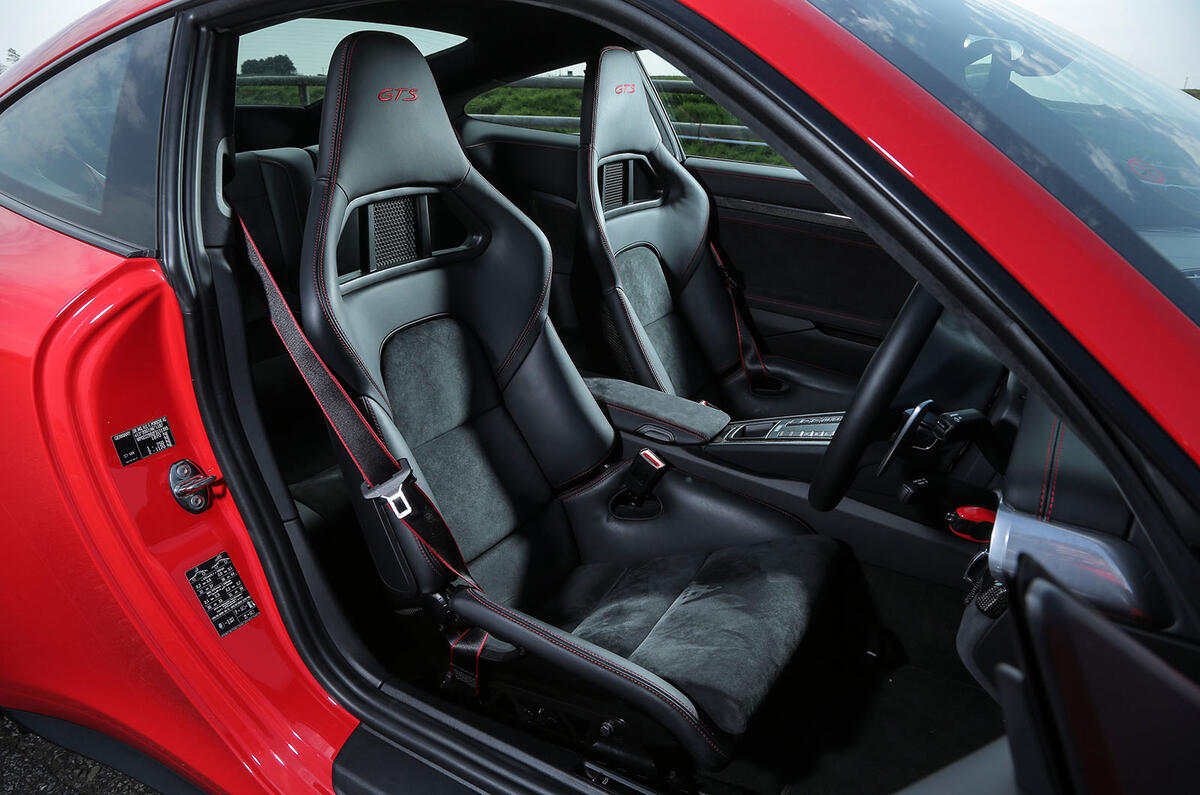
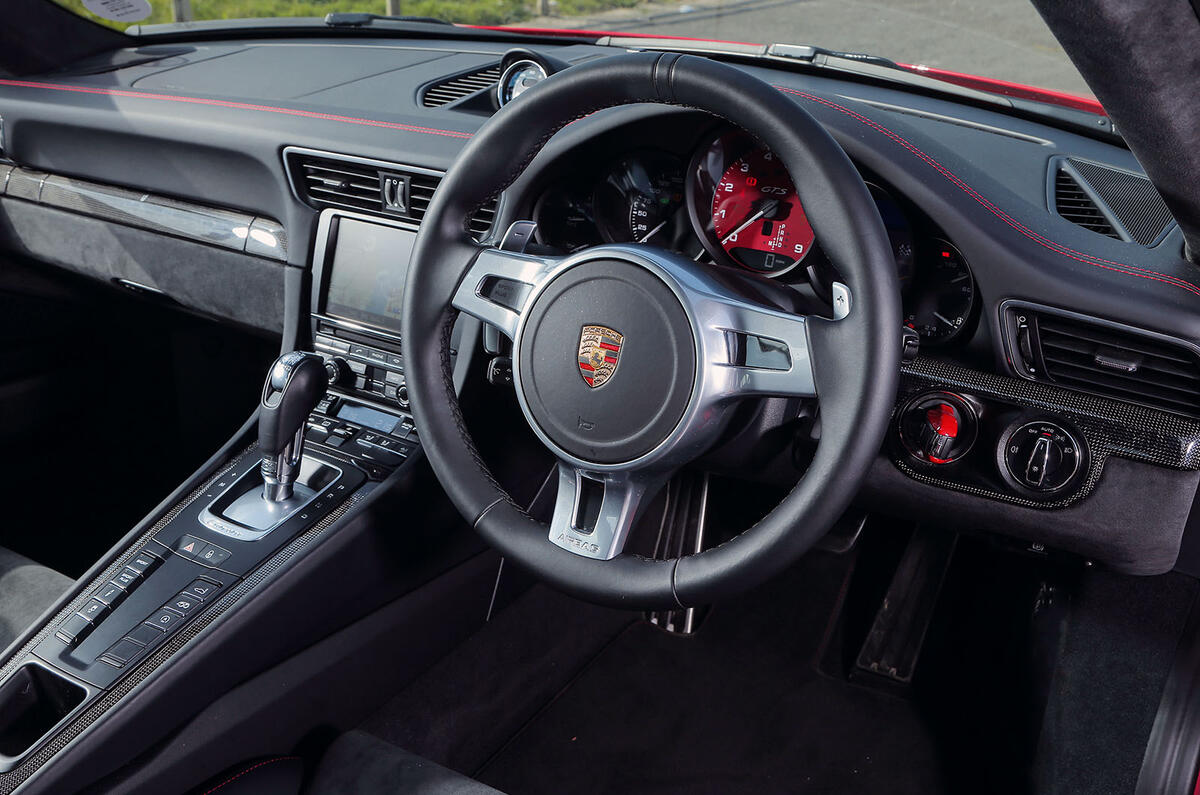
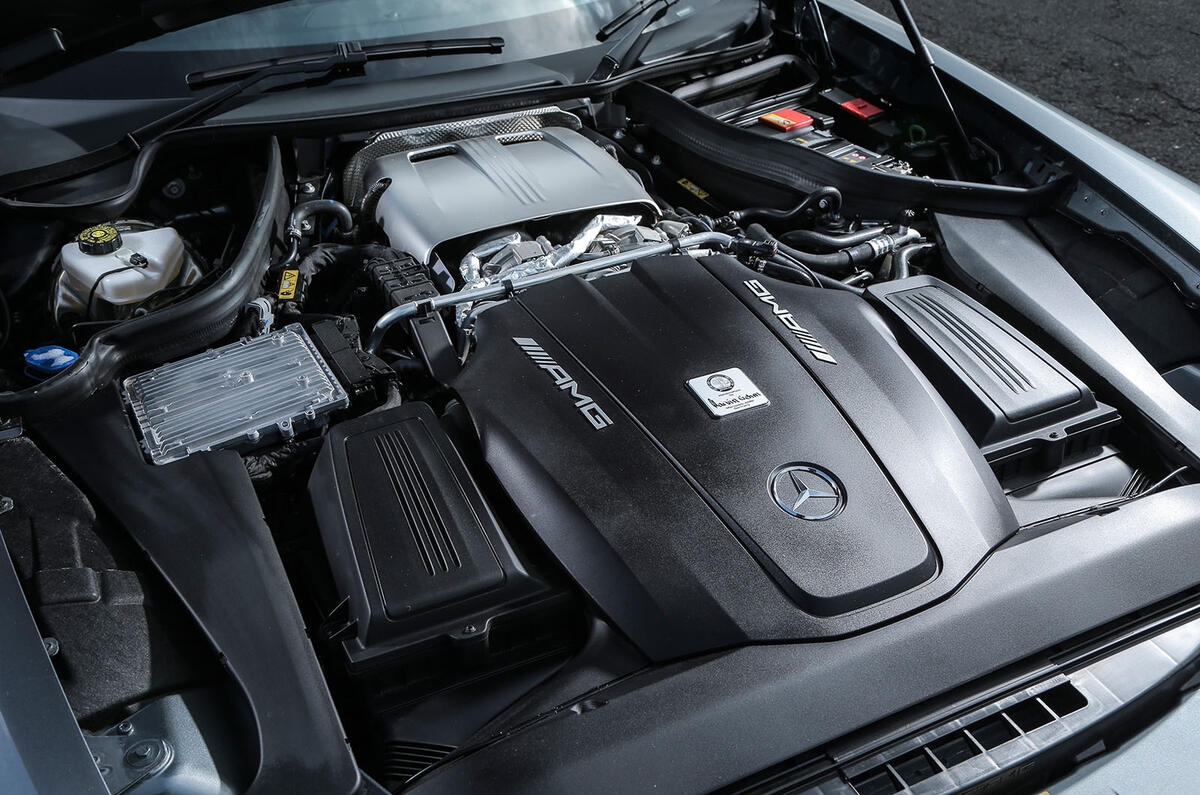
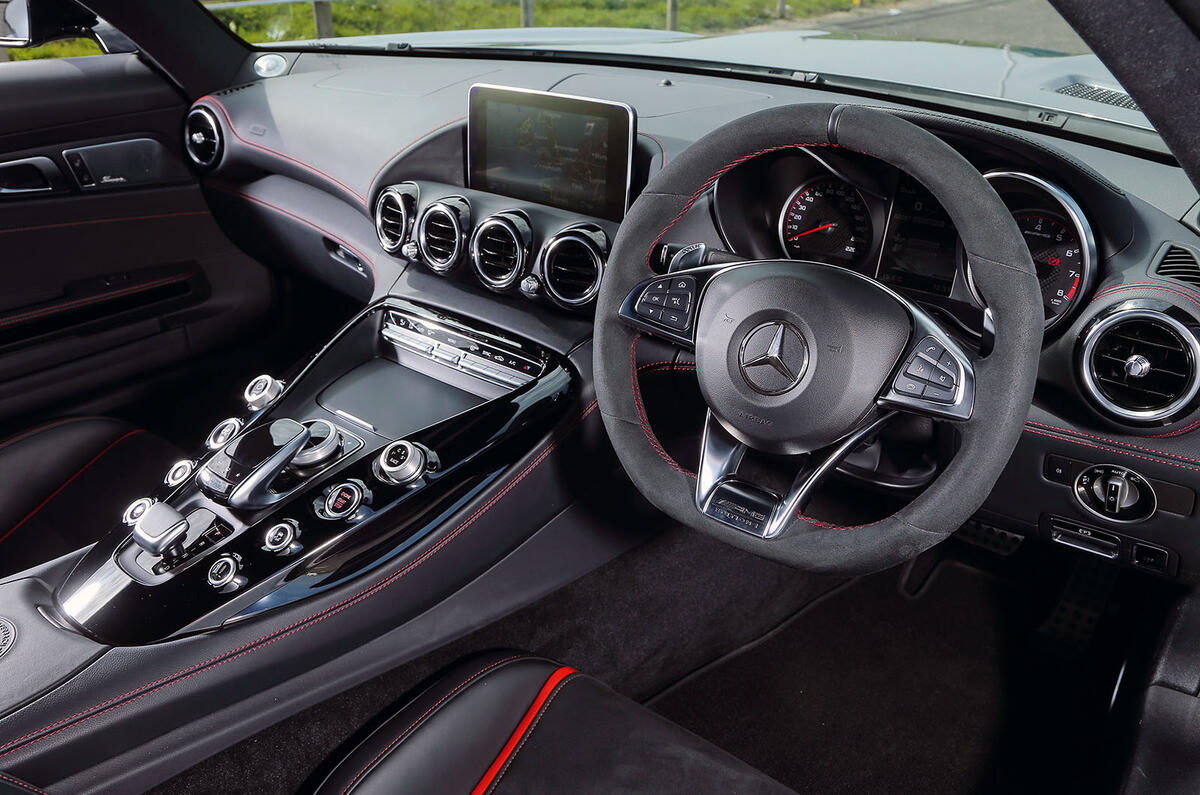
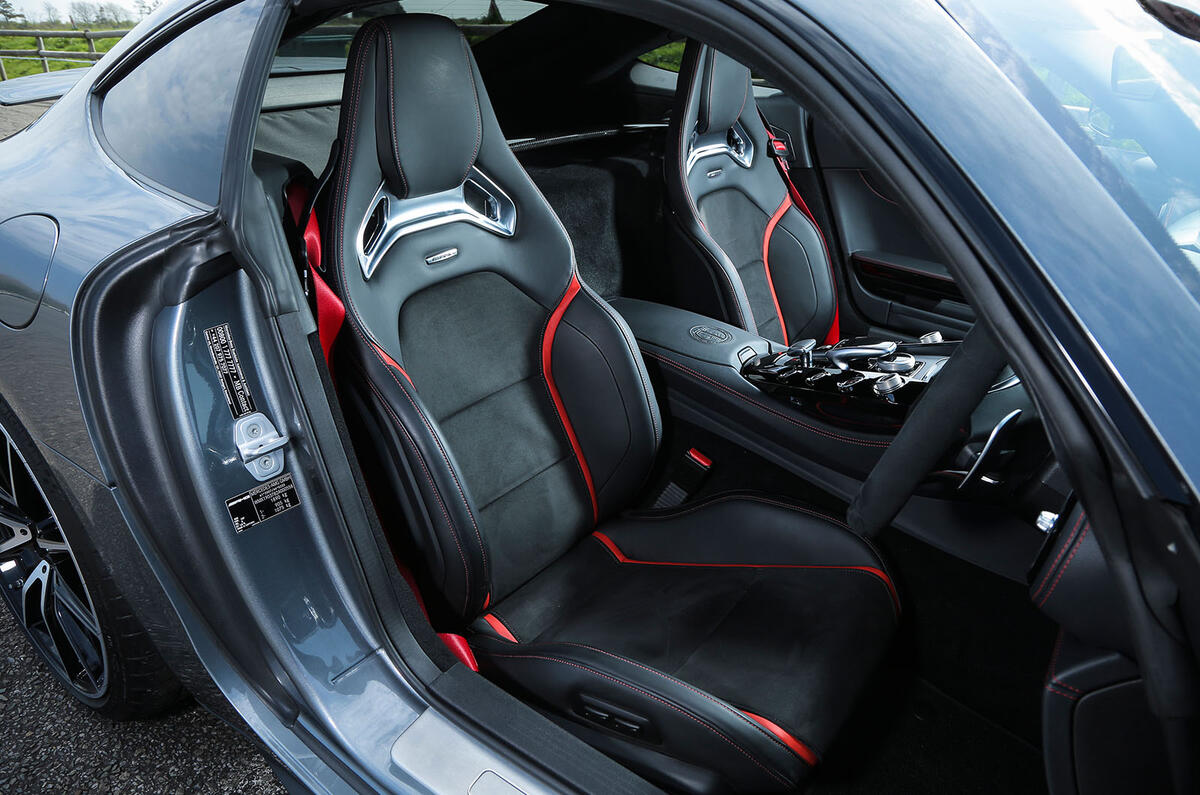
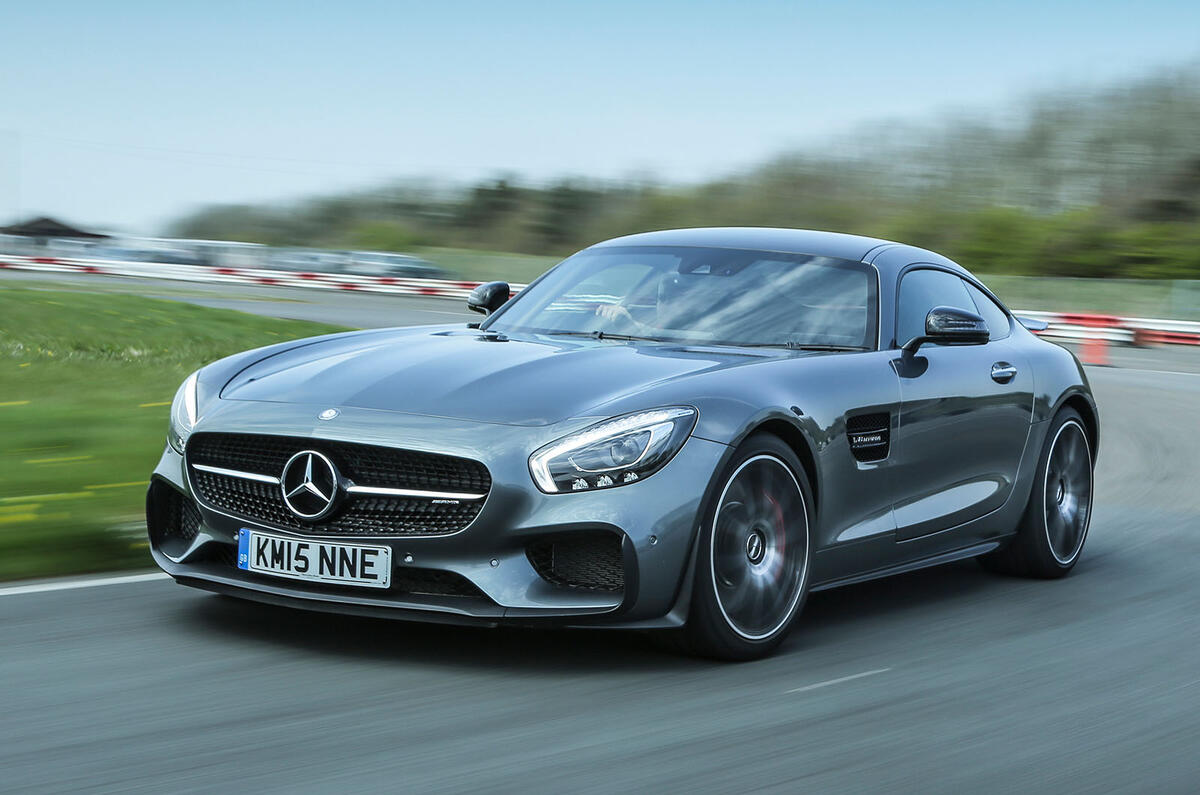
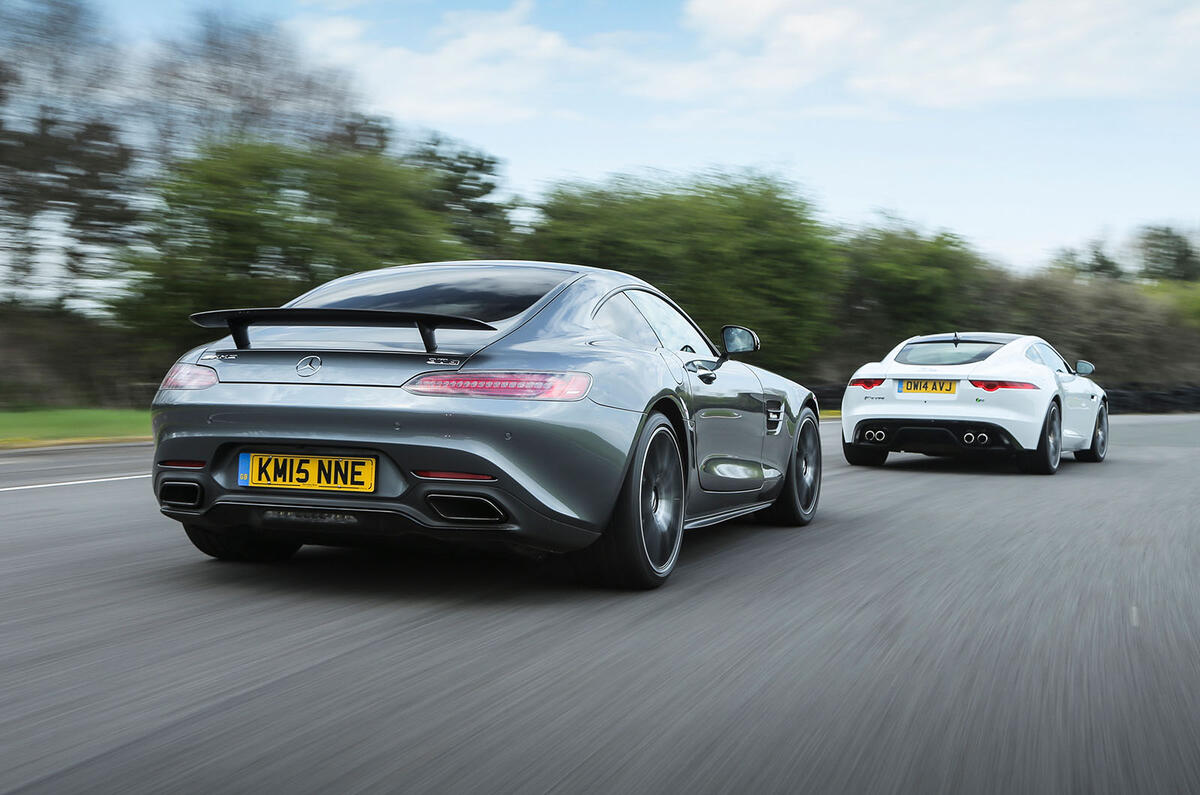
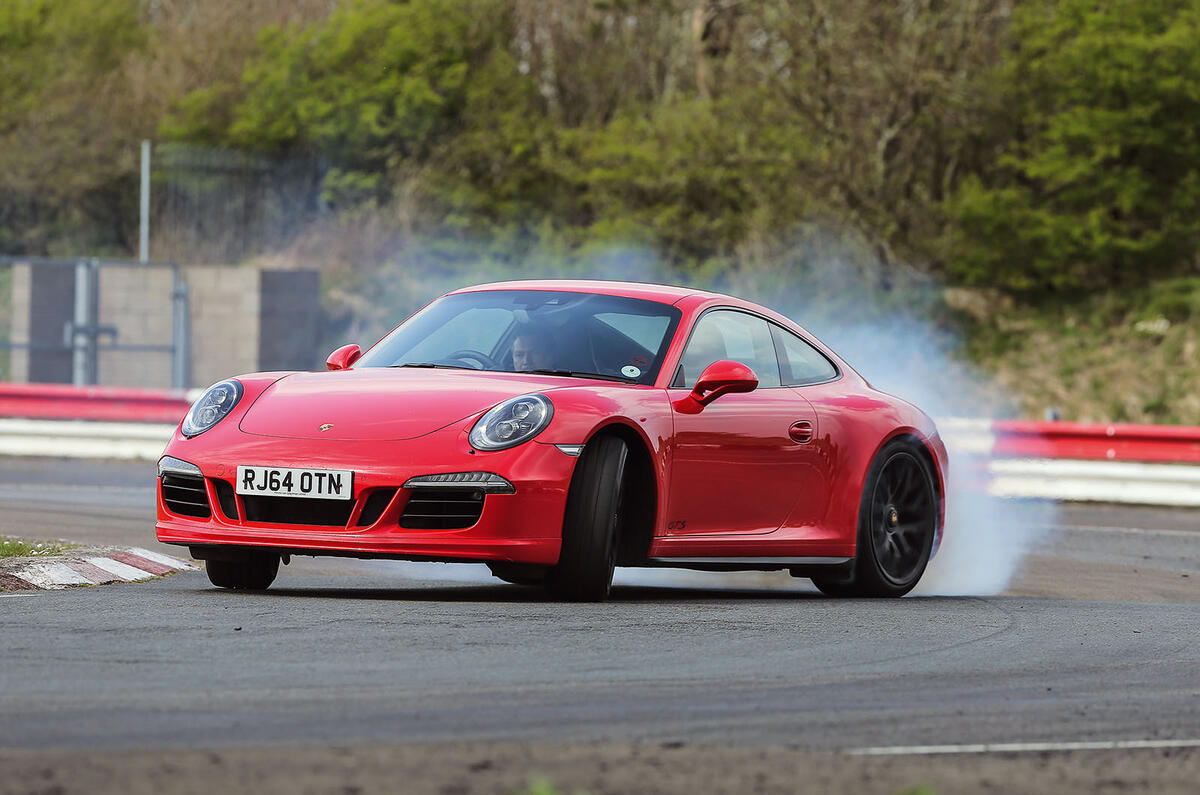
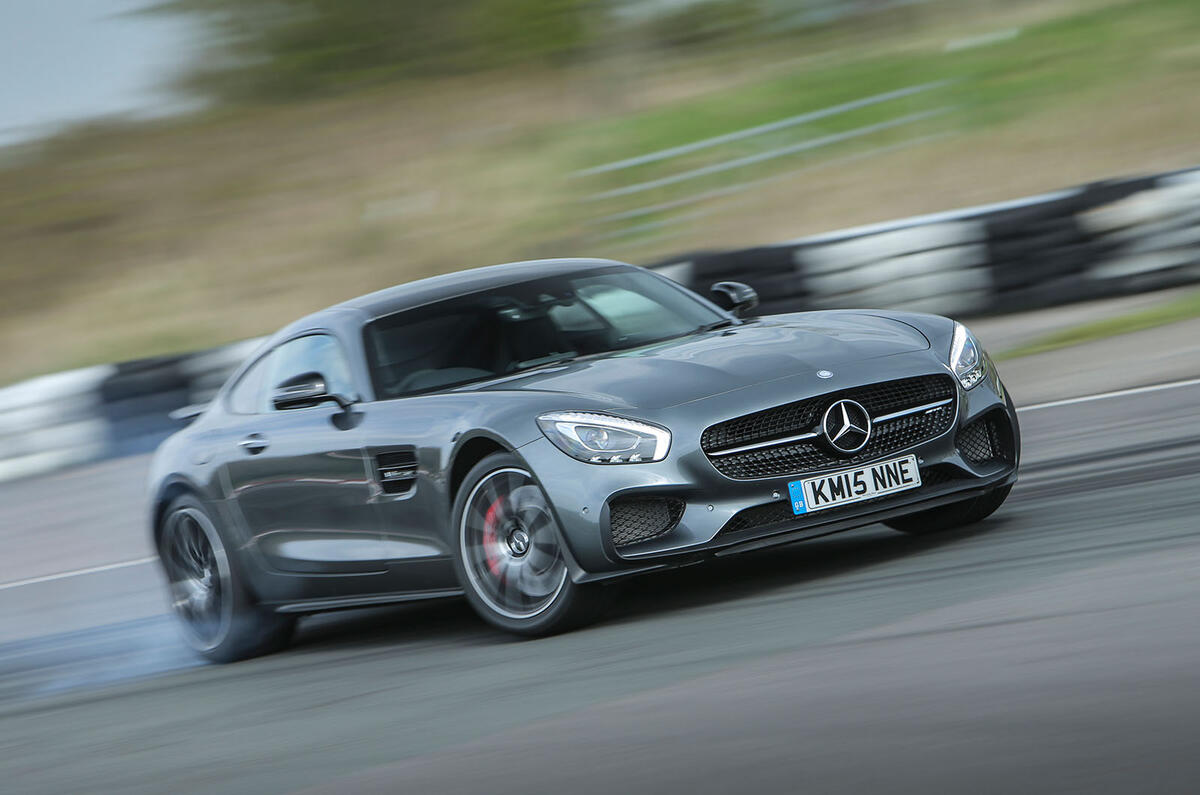
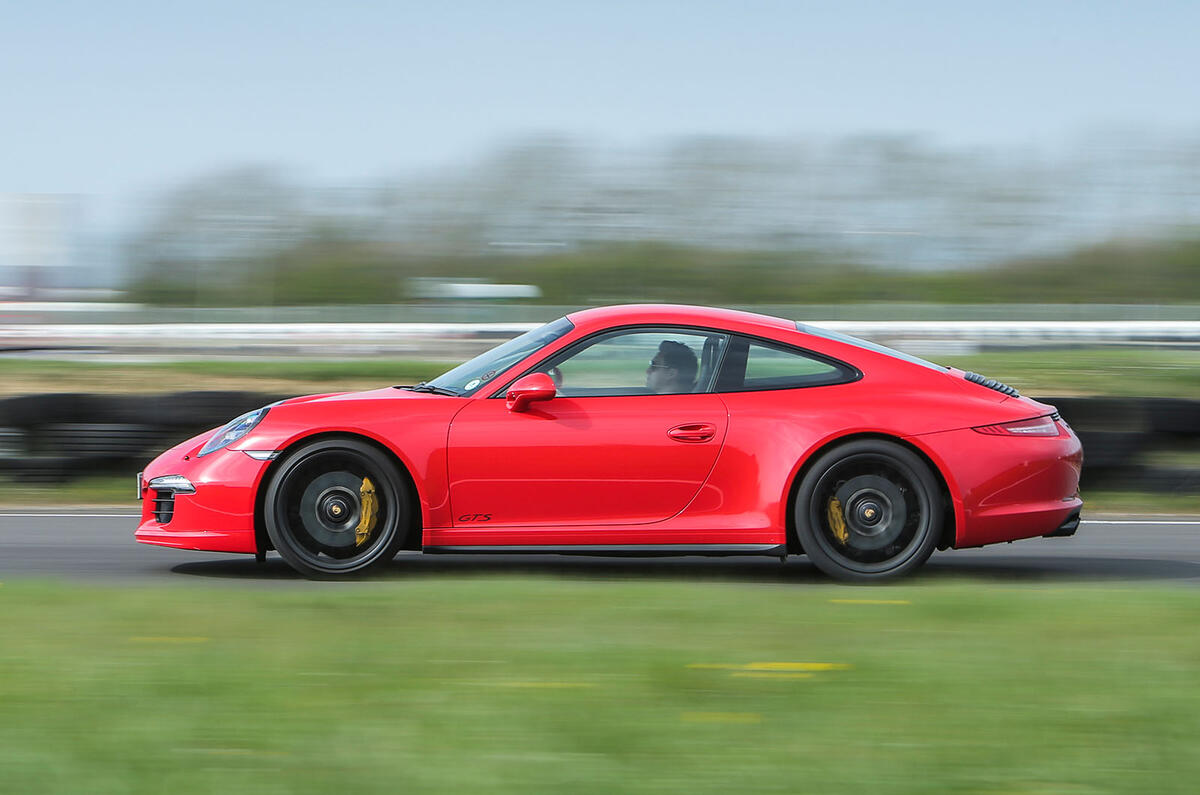
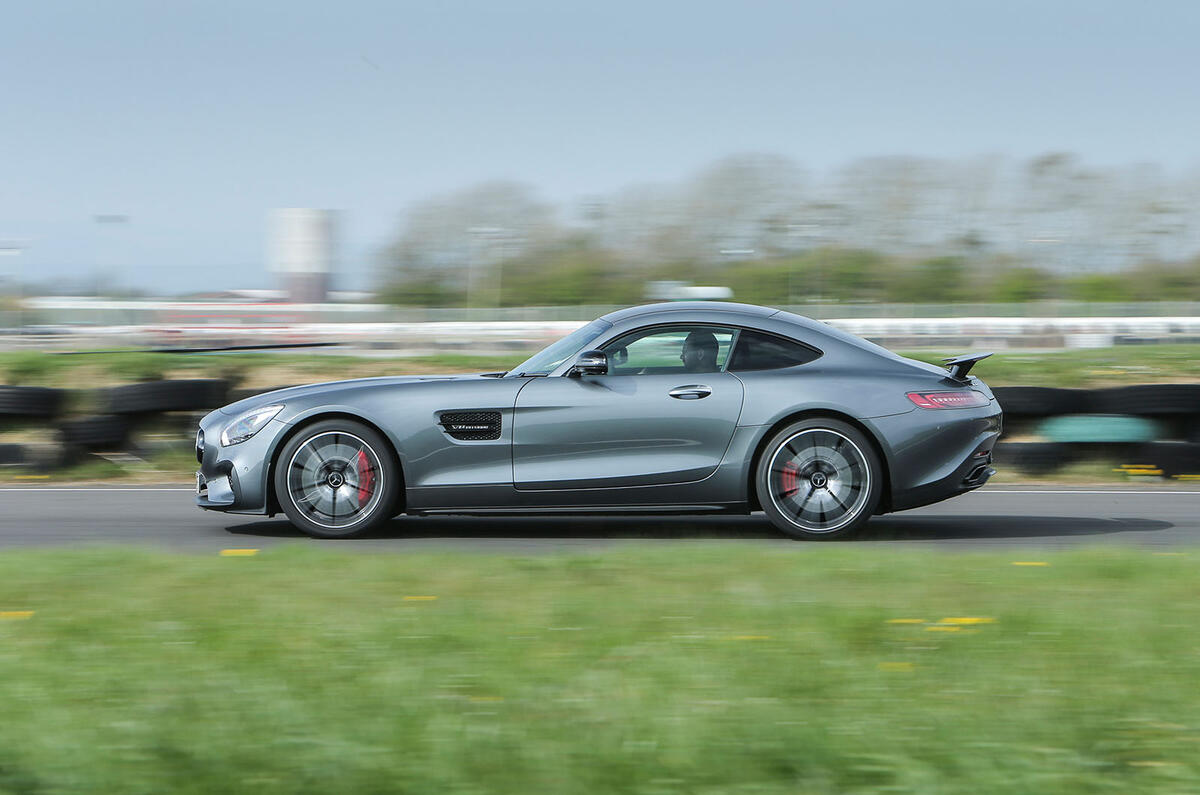
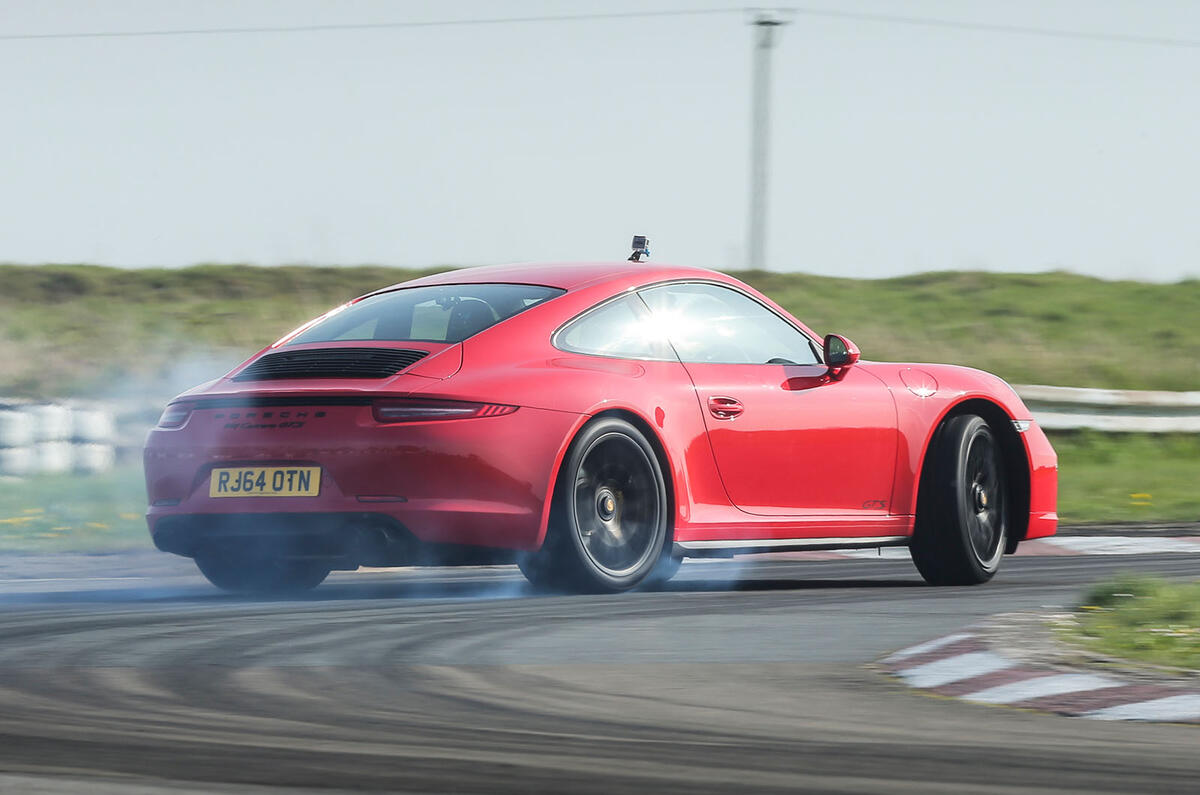
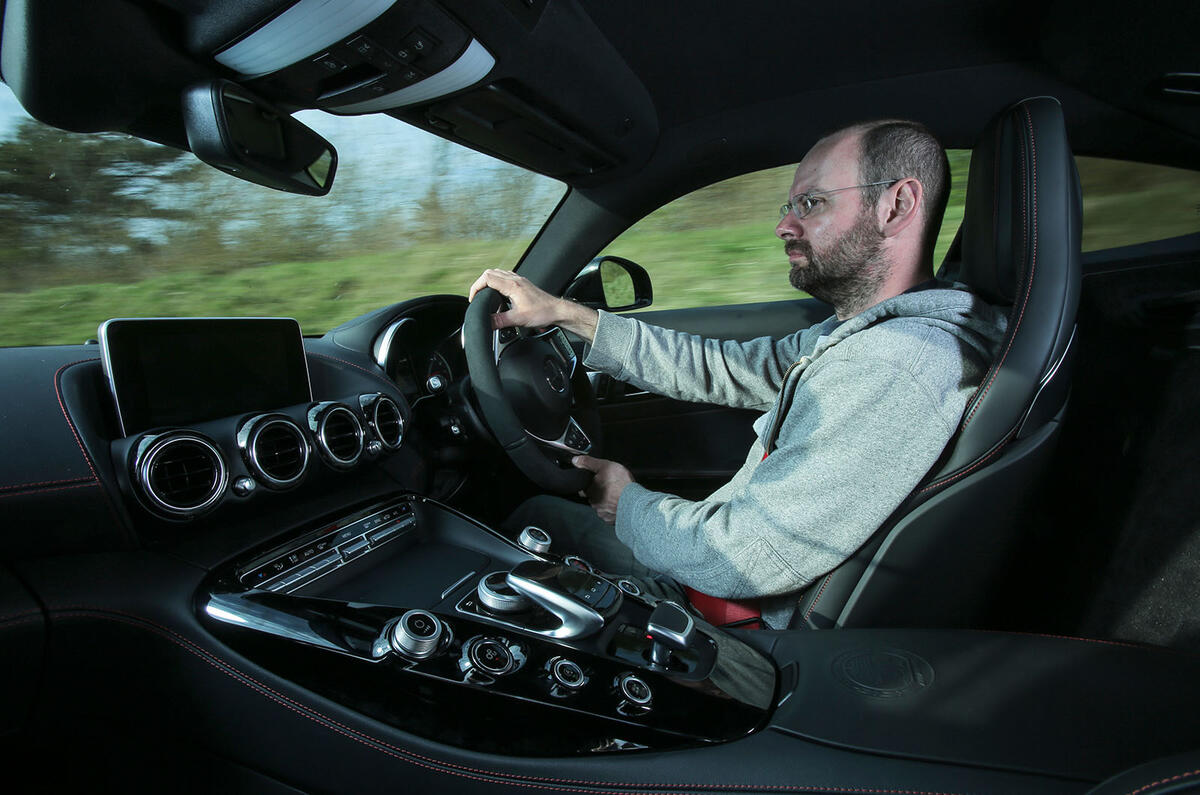
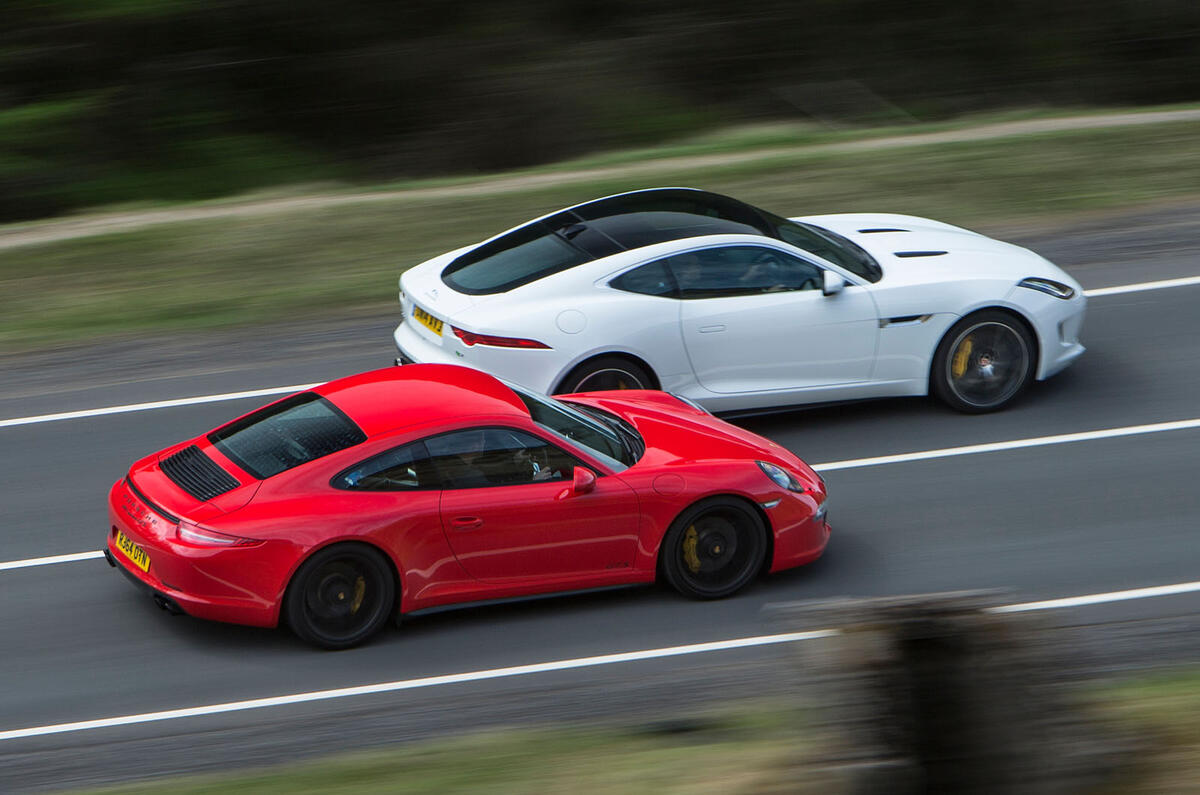
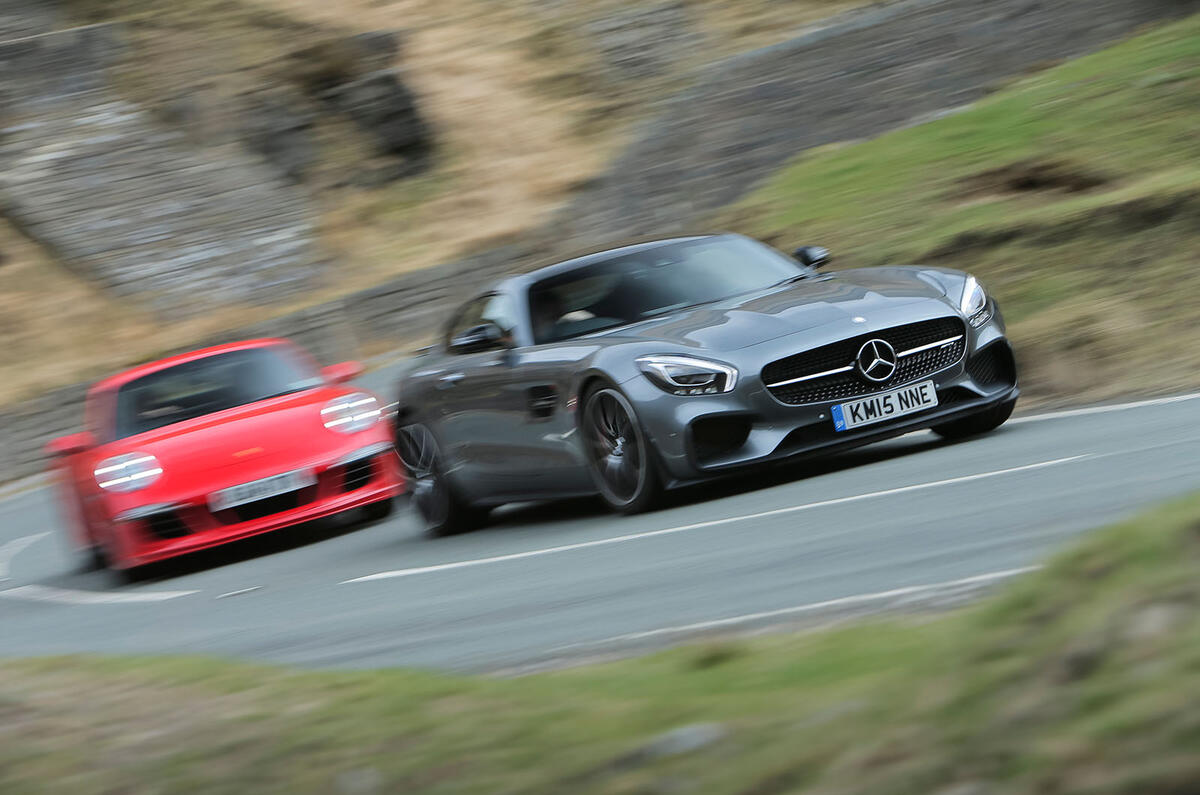
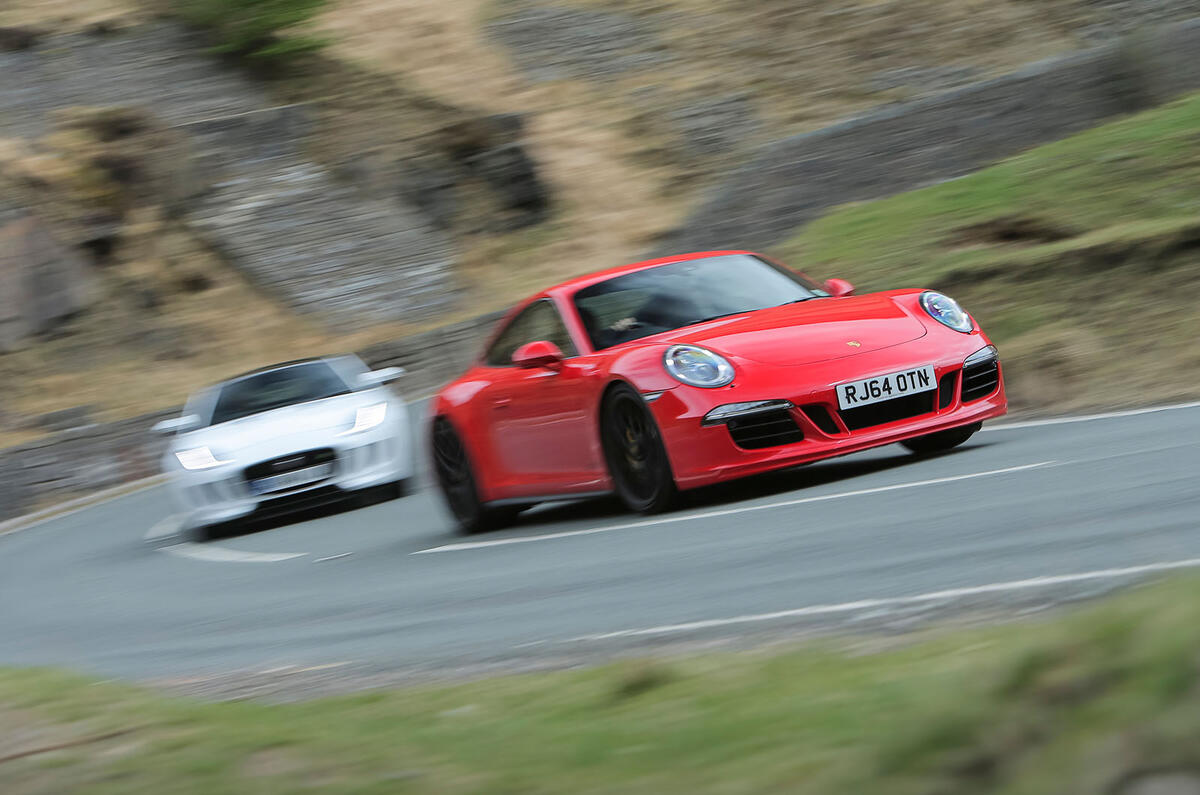
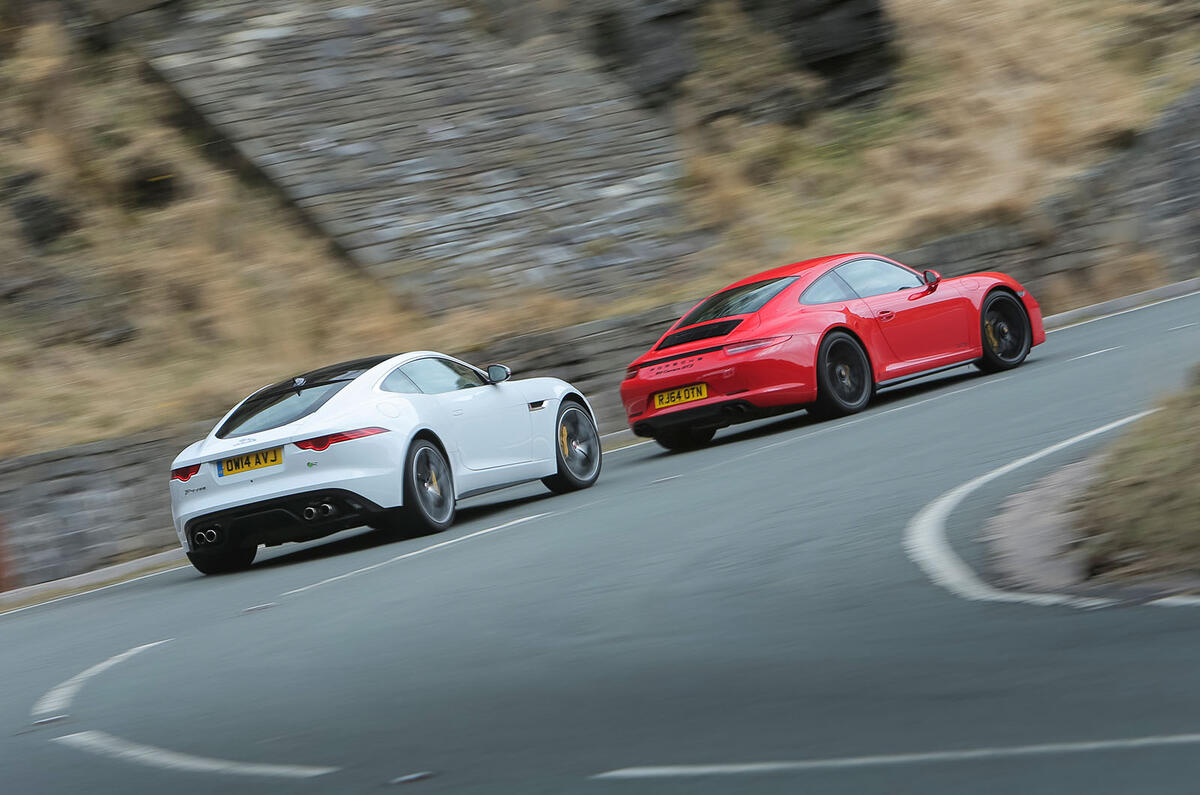
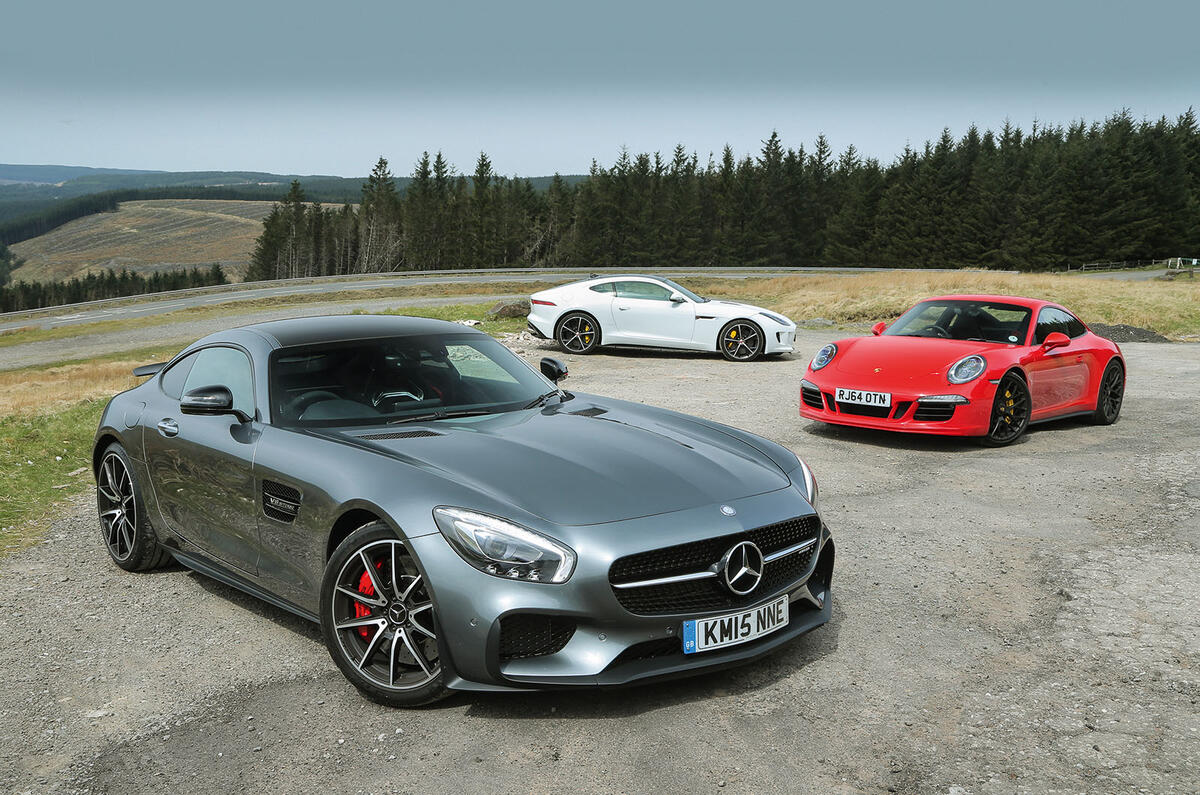
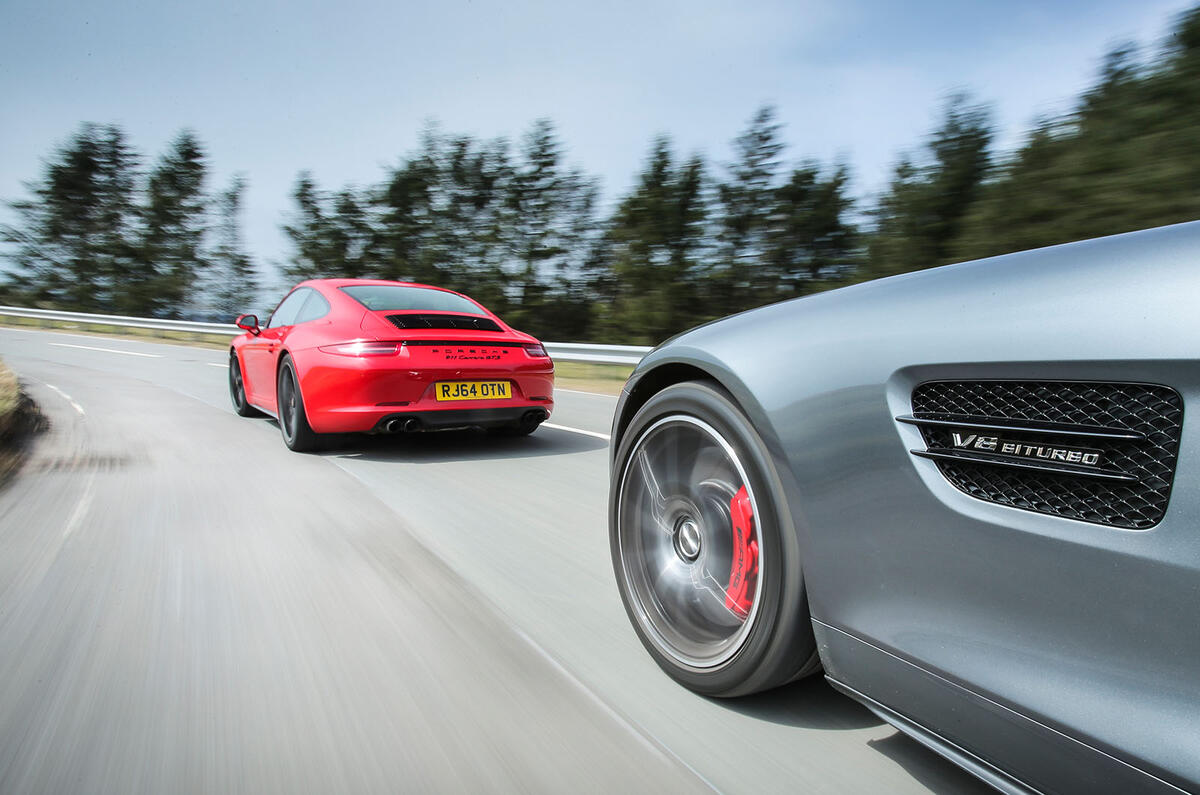








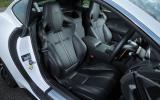
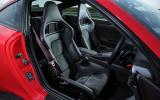


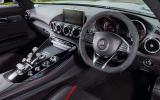
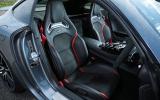













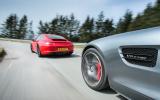





Join the debate
Add your comment
Apologies for the three duplicate posts (bloody ipad)
Haven't seen many F-type jaguars since they were launched.
Haven't seen many F-type jaguars since they were launched.